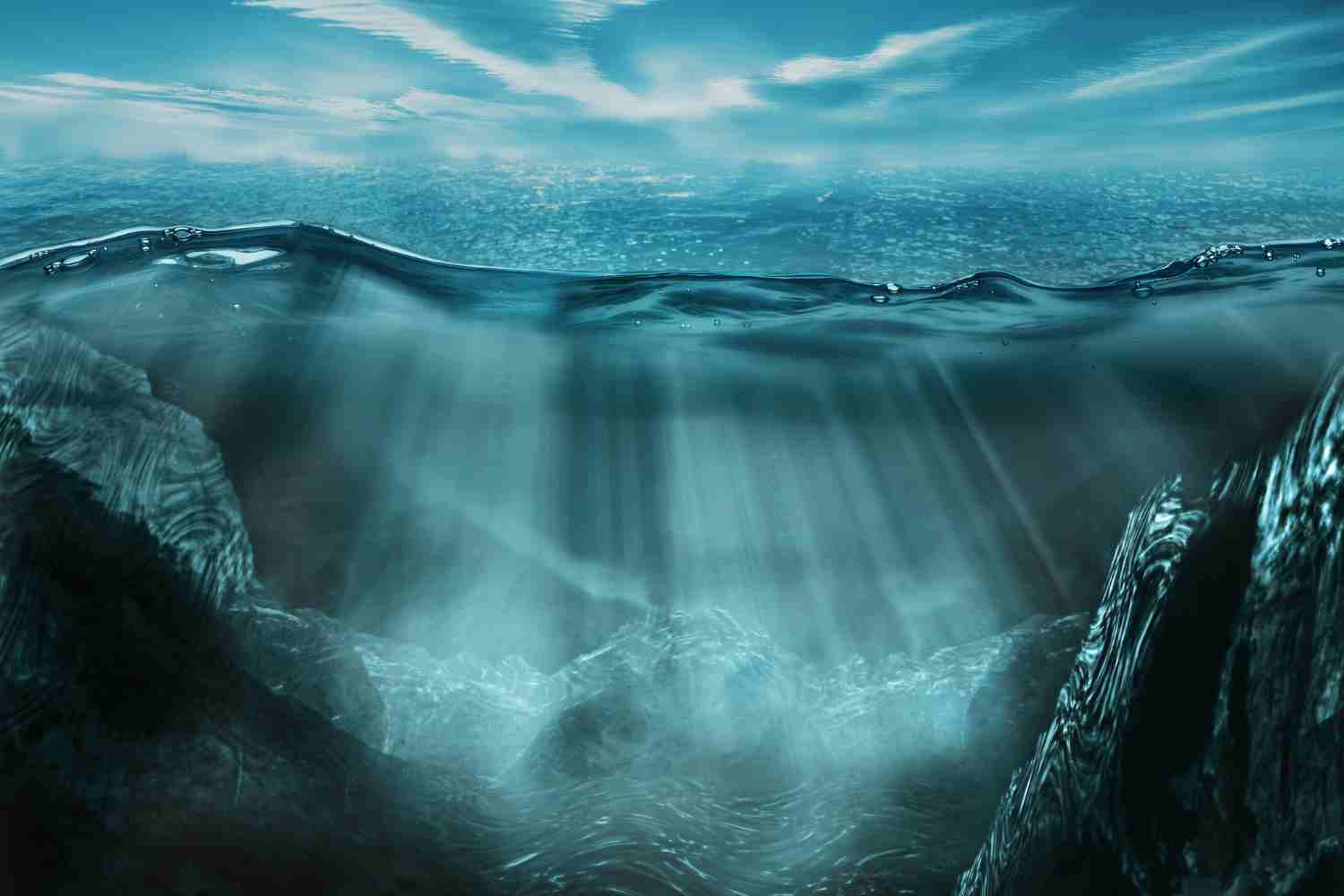Recent reports of a major ocean current reversal were based on a misinterpretation of a study. The research shows an unexpected increase in salinity in the Antarctic Ocean, with potential climate consequences.

Table of contents
The recent news claiming that one of the major ocean currents has reversed for the first time in history, with potentially catastrophic effects on the global climate, has stirred widespread concern. This alarm began with an article from IntelliNews, which was later picked up by various international media outlets. The article referred to a study published at the end of June in the Proceedings of the National Academy of Sciences (PNAS). According to the report, the Deep Western Boundary Current (DWBC), a crucial component of the Atlantic Meridional Overturning Circulation (AMOC), had suddenly changed direction.
However, this alarming news is not supported by the published scientific data. The supposed panic about the reversal of the DWBC seems to stem from a misinterpretation—and poor communication—of the research results, as clarified by the authors of the study in an interview with Newsweek.
What the study actually says
The study in question, led by an international team under the direction of Alessandro Silvano from the University of Southampton, focused on analyzing changes in surface salinity in the Antarctic Ocean. There is no direct mention of the reversal of the DWBC or an imminent collapse of the AMOC in the research.
From the 1980s through 2015, surface waters in the Antarctic Ocean were becoming less salty, likely due to the expansion of sea ice. However, over the last ten years, satellite data has shown a reversal of this trend: salinity has increased, while ice coverage has drastically decreased.
“Our study found that surface salinity in the Antarctic Ocean increased as sea ice decreased,” Silvano explained to Newsweek. “This was unexpected, as it is generally believed that sea ice melt freshens the ocean surface.”
An erroneous press release muddied the waters
The media confusion stemmed, at least in part, from an initial press release by the Institut de Ciències del Mar, a Spanish research institute involved in the study. Antonio Turiel, a co-author of the research, clarified that some phrases in the release were inaccurate due to a “poor translation” and “improper word use.” These inaccuracies led some media outlets, such as IntelliNews, to mistakenly interpret the findings, claiming a reversal of the DWBC.
“We’re not talking about the DWBC in our recent work. The AMOC is not in crisis this year,” Silvano emphasized to Newsweek. Turiel also highlighted that the study shows “a change in the structure of the Antarctic Ocean,” but not a current reversal.
Real effects, but less dramatic
Despite the exaggerations, the study does raise some concerning points. The increase in surface salinity and the reduction of vertical stratification could make the ocean more prone to greater mixing between deep and surface layers. This process could bring heat from the deep ocean to the surface, accelerating the melting of sea ice and potentially triggering a vicious cycle.
“If this increase in salinity continues, it could enhance vertical mixing, bringing heat from deeper ocean layers to the surface, and further accelerating sea ice melt,” said Silvano. If confirmed, this dynamic could have consequences not only for the marine ecosystem but also for global climate patterns.
The reduction of Antarctic sea ice, in particular, is not an isolated phenomenon. It affects Earth’s surface reflectivity (albedo), alters atmospheric currents, and can lead to the formation of icebergs. All these phenomena interact in complex ways and could contribute to global climate instability.
What remains after the noise
The scientific analysis published in PNAS does not indicate any reversal of ocean currents, as was erroneously reported by some outlets. However, the data do show a rapid and unusual evolution of the Antarctic Ocean, which is becoming saltier at the surface as sea ice retreats.
This is a change that could disrupt the delicate balance between the ocean, atmosphere, and global climate, but it should be understood for what it is: a signal to be monitored, not an apocalyptic event already unfolding. The reality of the collected data is less sensational than the news that circulated, but no less significant.
The study suggests the need to reassess certain models and assumptions about the behavior of Antarctic waters. Most importantly, it indicates that we are entering a phase where small local imbalances could have broader consequences than previously expected. No reversal, then, but a process that needs careful monitoring.
